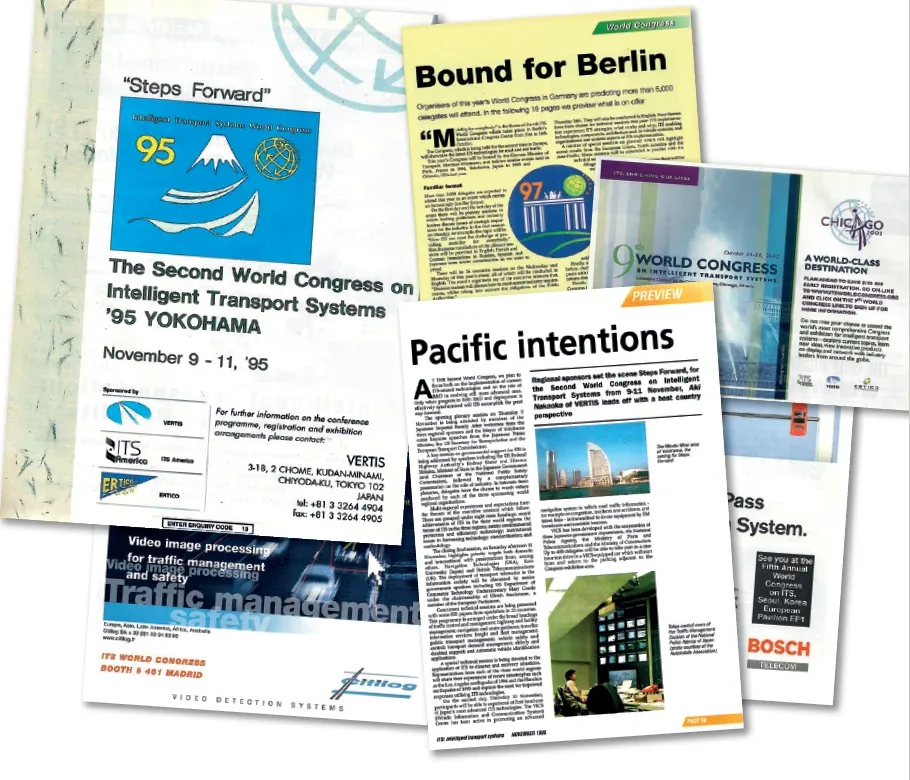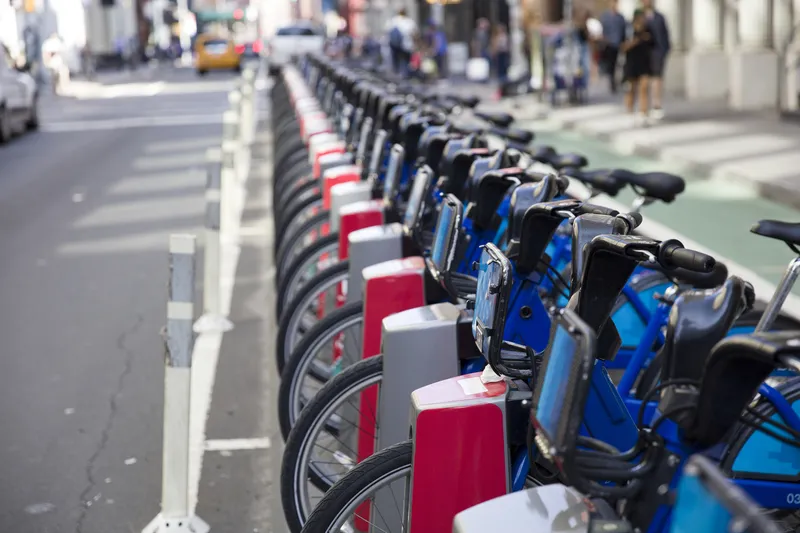Electric vehicles (EVs) which operate without making any sound pose a threat to the safety of vulnerable road users (VRUs), says UK company SteerSafe. The firm adds that the European Union’s plan to make original equipment manufacturers add low-speed alerting sounders to all EVs in 2019 is too late as current models and buses are already in service.
SteerSafe refers to a report by Guide Dogs for the Blind in 2015 which claimed that VRUs are 40% more likely to be run over by a quiet vehicle than one with a combustion engine.
The company says quiet vehicle sounders, such as those made by sister company Brigade Electronics, can be employed to ensure the safety of VRUs. Brigade uses patented bbs-tek technology to provide multi-freqency sound that is only heard in the hazard zone – thus alerting VRUs to potential danger.










